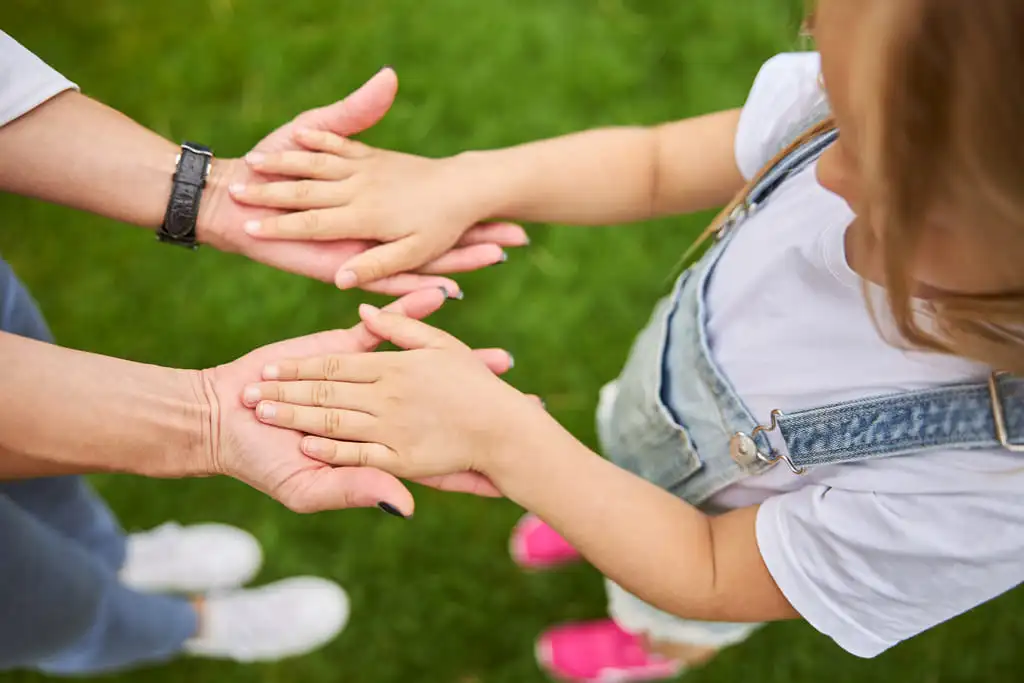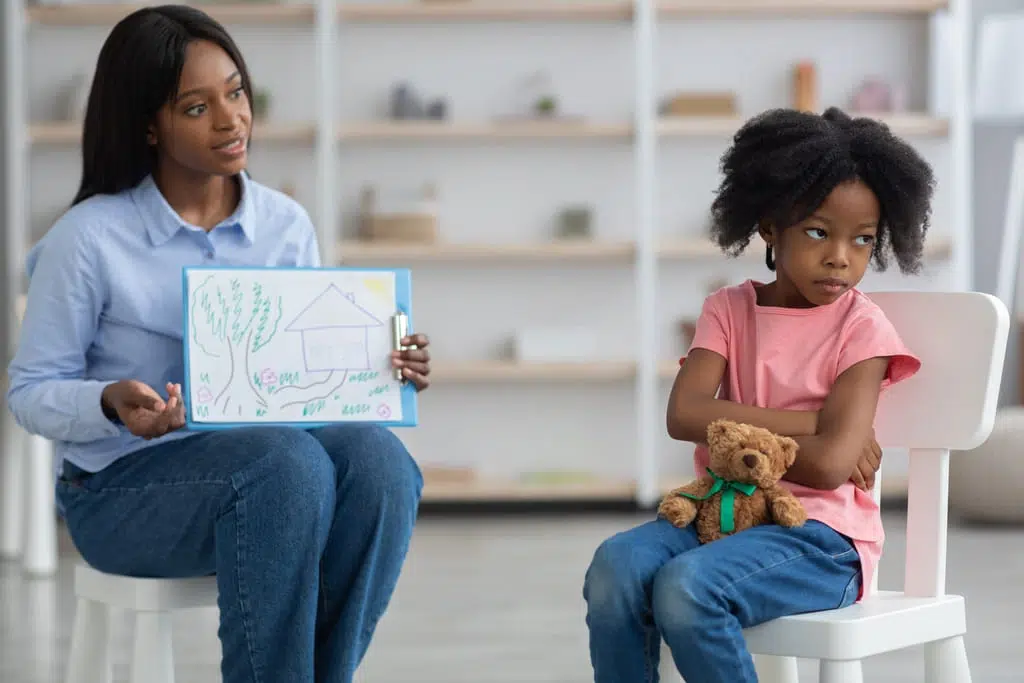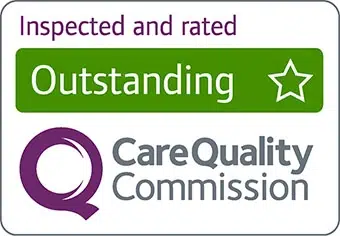What is Safeguarding Children?
Safeguarding is the action that carries a set of policies, procedures, and practices designed to protect children from harm and ensure their well-being. In the UK, safeguarding children is a legal duty for organisations and individuals working with children, including those in the health and social care sectors. The statutory guidance outlines the safeguarding and child protection standards that must be adhered to. Legal obligations vary for organisations and individuals based on their specific industry.

The fundamental principles of safeguarding children include:
Prevention: Taking action to prevent abuse or harm and ensure child protection.
Protection: Responding to concerns and allegations of abuse or neglect to protect children from harm.
Support: Providing support for children who have been abused or neglected to help them recover and lead fulfilling lives.
Partnership: Working in partnership with other agencies to safeguard and promote the welfare of children.
Besides the set of policies and regulations for safeguarding children, there are also actions for safeguarding adults. The Safeguarding Adults Board (SAB) plays a critical role in protecting and promoting the well-being of adults at risk of abuse or neglect. The board brings together key agencies and organisations to coordinate and oversee the safeguarding process, to protect adults receive the support and protection they need.
The Types of Abuse Children Can Encounter
Children are among the most vulnerable members of society, relying on adults for care, protection, and guidance. Unfortunately, some children experience abuse, a devastating reality that can have profound and lasting effects on their physical, emotional, and psychological well-being. There are some common forms of abuse that children may face, highlighting the importance of safeguarding the right to keep children safe.
Children can encounter several types of abuse, including:
- Physical abuse
- Emotional abuse and neglect
- Sexual abuse
- Exploitation
- Bullying
The Roles and Responsibilities of a Social Worker Regarding Child Safeguarding
Social workers receive referrals from various health professionals and the public indicating concerns about a child’s safety. Upon receiving a referral, social workers are legally obligated to investigate the situation or circumstances leading to it.
To fulfil their duties, support, prevent and respond to safeguarding concerns, social workers have the following responsibilities:
Assessments or protection investigations are conducted to safeguard children, often in collaboration with the police. They engage with the child and family members and visit the family home to gather information and assess the situation thoroughly.
Liaise with agencies directly involved with the child to gather relevant information about the child’s welfare.
Directly involve the police in investigations when necessary.
Social workers also provide or facilitate access to services that support vulnerable children and families, aiming to enhance parental competence, improve children’s day-to-day experiences, and aid in their recovery from abuse and neglect.
Moreover, social workers assess the needs of children identified as “children in need,” taking on several key roles in this process.
These roles include:
To investigate and analyse referrals
To plan and arrange Child Protection Case Conferences
To manage multi-agency risk assessments
To supervise children on behalf of the Children’s Hearing
To maintain the Child Protection Register
What Should You Do if You Think a Child is Being Abused or Neglected?
Social workers and health professionals are dedicated to ensuring the safety and well-being of children, striving to keep them with their families whenever possible. However, there are occasions when children must be removed from potentially harmful situations.
Here are the steps taken by child welfare workers to prevent child abuse and neglect:
A thorough investigation held by both social workers and Child Protective Services upon suspicion of maltreatment, ensuring a comprehensive understanding of the situation.
Provide the necessary support and services to the parents and clinicians to create a safe environment for their children. Ensure that children receive appropriate care and support throughout this process.
Find a shelter to place children at risk of harm with foster families or relatives to prevent harm.
Safely reunify families through collaboration with parents and carers to reduce risk factors. If reunification is not possible, efforts are made to place the child with a suitable relative, or adoption may be considered if the court terminates parental rights.
Where Should a Child Safeguarding Concern be Addressed?
A child safeguarding concern should be addressed to the appropriate authorities or organisations responsible for safeguarding and protecting children. In most cases, this would involve reporting the concern to the local child protective services or social services department. Other organisations that may be involved in addressing child safeguarding concerns include the police, schools, healthcare providers, and organisations specialising in child welfare.
It’s essential to report any concerns promptly to the appropriate authorities to ensure the child receives the necessary support and protection.
You can contact your local authority or a child protection helpline if you need help determining where to report a safeguarding concern.
The Importance of Safeguarding Training
Safeguarding training for professionals working with children or vulnerable adults provides them with the knowledge and skills needed to recognise and respond to signs of abuse or neglect. This training raises awareness of the various forms of abuse and their impact, ensuring that individuals are equipped to protect people in their care. It also helps professionals understand their legal and ethical obligations, ensuring they can fulfil their responsibilities correctly.
Additionally, safeguarding training helps organisations assess and manage risks, reducing the likelihood of abuse. It builds confidence and competence in dealing with safeguarding issues, enabling early intervention and support. By prioritising safeguarding through training, organisations demonstrate their commitment to protecting the most vulnerable members of society, enhancing their reputation and trustworthiness.
From Safeguarding to Empowerment

Empowerment goes hand in hand with safeguarding. By creating a safe and positive environment, individuals, especially children and vulnerable adults, are empowered to thrive and reach their full potential. Safeguarding measures ensure that individuals are protected from harm, enabling them to live their lives without fear.
When individuals feel safe and supported, they are more likely to speak up about any concerns or challenges they may experience. This open communication fosters a culture of trust and respect, where everyone’s well-being is prioritised. Safeguarding measures protect individuals from harm and empower them to take control of their lives and make informed decisions.
Leaf Complex Care's Safeguarding Policies to Ensuring Safety and Welfare
Leaf Complex Care is committed to ensuring the safety and well-being of all individuals we serve. We apply strict safeguarding policies and procedures to protect against abuse, neglect, and harm. Our policies are designed to create a safe environment where individuals feel secure and supported.
Our safeguarding policies encompass a range of measures, including robust recruitment practices, thorough training, and transparent reporting procedures. We regularly review and update our policies to reflect best practices and comply with relevant legislation.
Our ultimate goal is to protect people through proactive measures and a commitment to providing a safe and nurturing environment.

Download our White Paper Publication today to stay informed about the latest developments and insights in the UK health and social care sector.
Offices: Bristol, Slough, Birmingham and Somerset.


















